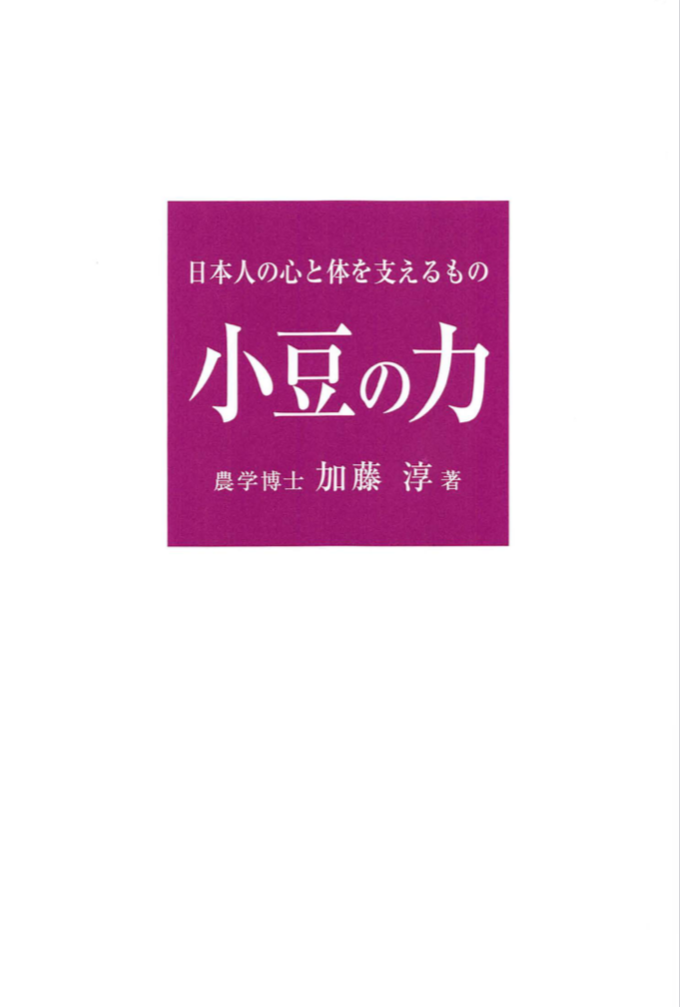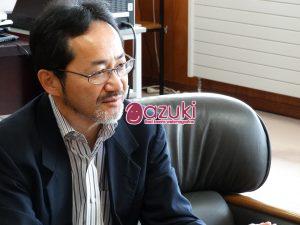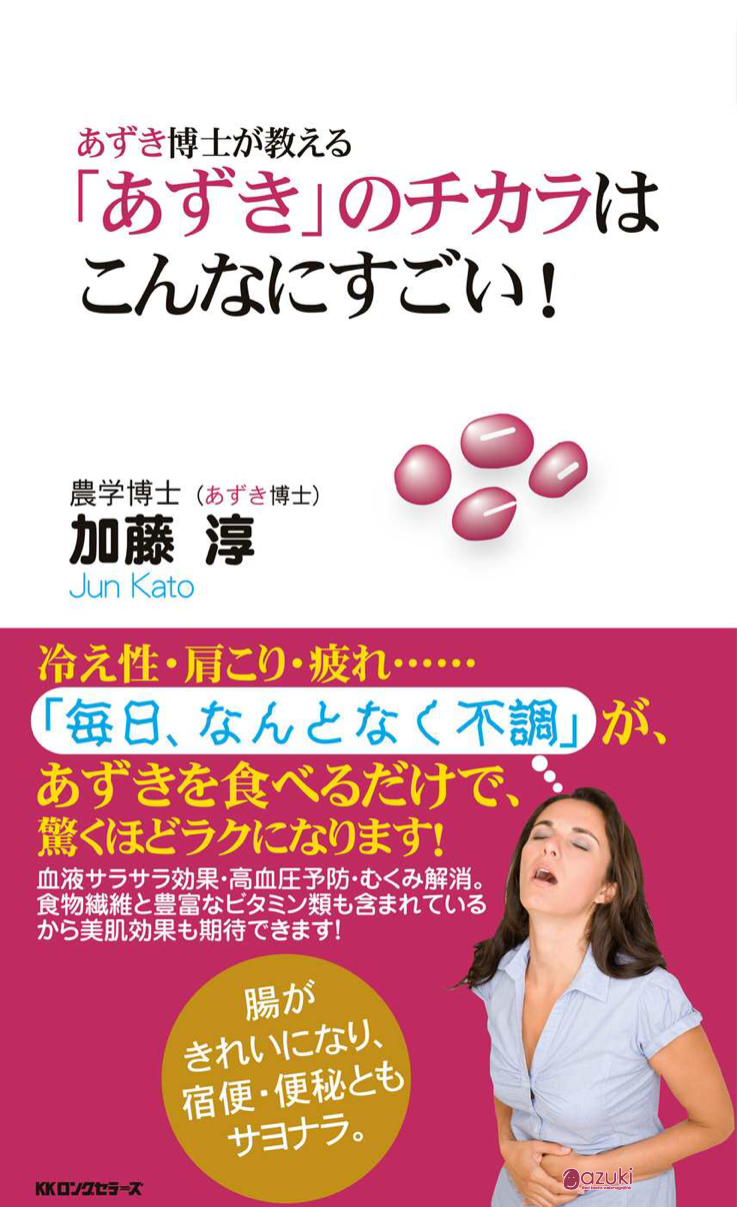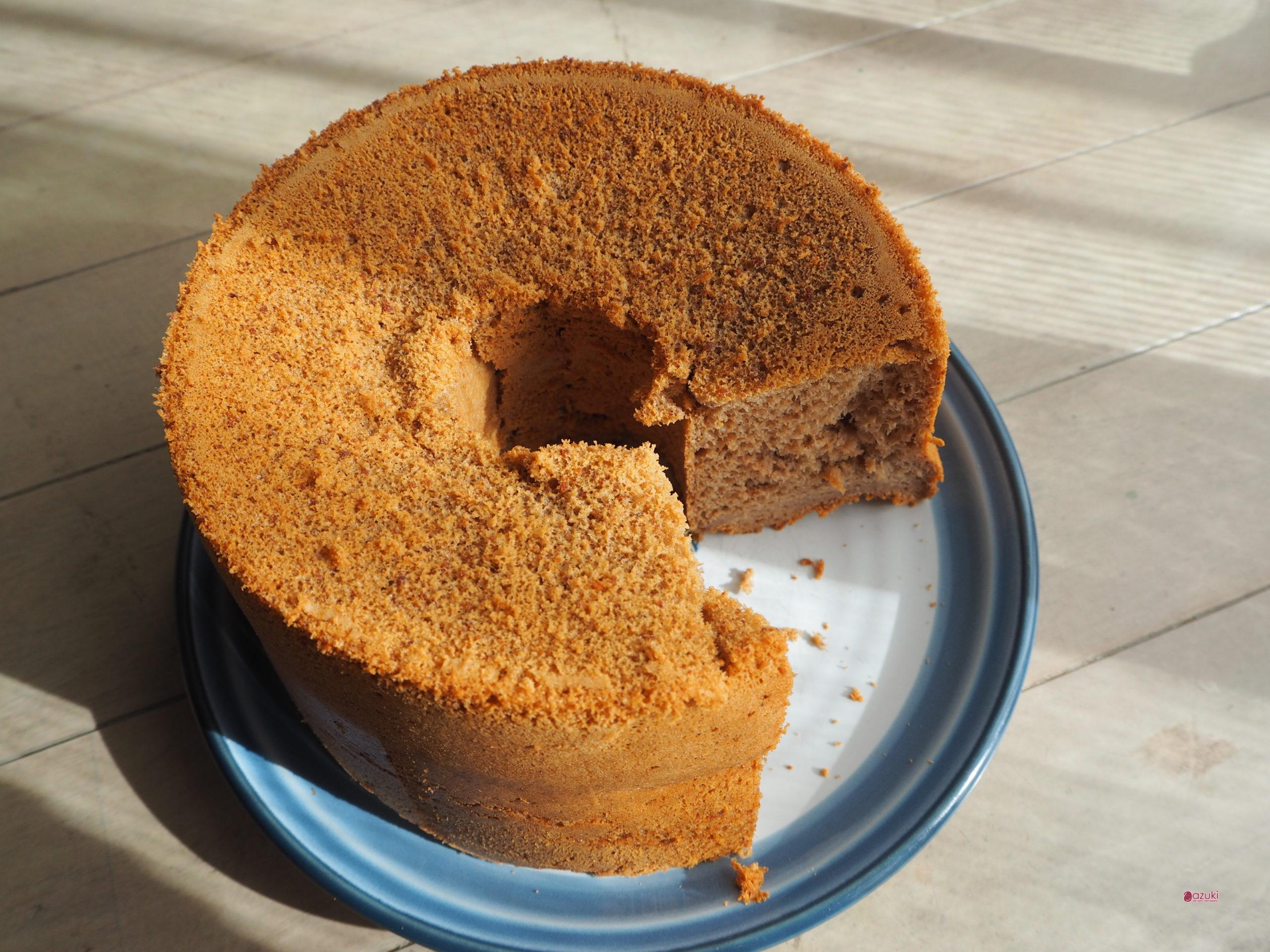
Ninety-five percent of human body weight consists of organic matters composed of four elements of oxygen, carbon, hydrogen, and nitrogen. The rest is called inorganic matters or minerals, which are various components such as iron, potassium, calcium, phosphorus, magnesium, and sodium. In Azuki beans, iron and potassium are particularly noteworthy.
Iron is indispensable for blood production. It is the main component of hemoglobin in erythrocytes. Lack of iron causes deficiency in hemoglobin and insufficient blood production. Hemoglobin plays an important role of transporting oxygen in erythrocytes and muscles. Oxygen cannot be distributed adequately throughout the body if iron is insufficient, causing you anemic conditions such as dizziness and fatigues.
The recommended intake range of iron is 7 to 7.5 milligrams per day for adult males, 10.5 to 11 milligrams for adult females with menstruation, and additional 15 milligrams for pregnant women. Azuki beans contain abundant iron, among those foods rich in iron including spinach, hijiki (edible brown algae), liver, lean tuna, etc.
The iron content of Azuki beans is 5.4 milligrams per 100 grams, indeed 2.7 times that of spinach which is known as a vegetable with plenty of minerals.
The amount of iron in Azuki beans is still more than that of spinach even when it comes to the actual intake. For example, one daifuku (with 70 grams of coarse Azuki-bean paste) contains 1.05 milligrams of iron, whereas 50 grams of boiled spinach dish include 0.45 milligrams. The amount of iron in the former is more than double what in the latter. Even more, strained Azuki-bean paste contains nearly as twice iron as that. By the way, my recommendation is kusamochi (rice cake flavoured with mugwort herb stuffed with Azuki-bean paste) among Japanese sweets for more intake of iron. The mineral in mugwort herb in addition to that in Azuki-bean paste helps you take more iron.
Potassium is another mineral that is substantial in Azuki beans aside from iron. It is an important nutrient for people today along with calcium and others because potassium plays a significant role against excess intake of salt, which is a problem nowadays.
Excess salt intake results in hypertension. Potassium which is much found intracellularly and sodium which is much found extracellularly are balanced under normal blood pressure. However, high intake of salt increases intracellular sodium, to which blood vessel cells respond sensitively, affecting higher blood pressure. As the amount of intracellular sodium increases, what act as pumps in cell membranes pump out excess sodium, and in turn take in extracellular potassium. Blood pressure rises if the regulatory function is insufficient.
Therefore, it is essential to reduce salt intake and to take more potassium at the same time in order to prevent hypertension. Low intake of potassium disrupts the balance with sodium to cause high blood pressure.
Banana is known as a representative food rich in potassium, and 100 grams of the fruit contain 360 milligrams of the mineral. The amount of potassium is 468 grams in a typical piece of banana that weighs about 130 grams. Meanwhile, the amount of potassium reaches as much as 1500 milligrams in 100 grams of Azuki beans. Even boiled Azuki beans contain 460 milligrams of the mineral in 100 grams, which is almost as much as a piece of banana does. Azuki-bean paste includes less potassium than those, and it is 112 milligrams in one daifuku (with 70 grams of coarse Azuki-bean paste). Azuki beans can be considered as a food with a quite large amount of potassium in any case.
If you are concerned about excess salt intake, I would like you to eat Azuki beans with plenty of potassium actively on a regular basis. The Ministry of Health, Labor and Welfare of Japan recommends 2500 milligrams of daily potassium intake for adult males and 2000 milligrams for adult females, and as much as 3000 milligrams for preventing hypertension.
Written by Jun Kato Phd,
 Jun KATO, PhD.
Jun KATO, PhD.
Professor
Department of Nutritional Sciences
Faculty of Health and Welfare Science
Nayoro City University
Former Director General
Donan Agricultural Experiment Station
Hokkaido Research Organization
Source from 『小豆の力-日本人の心と体を支えるもの』
Transrated by Azusa Yoshida.





